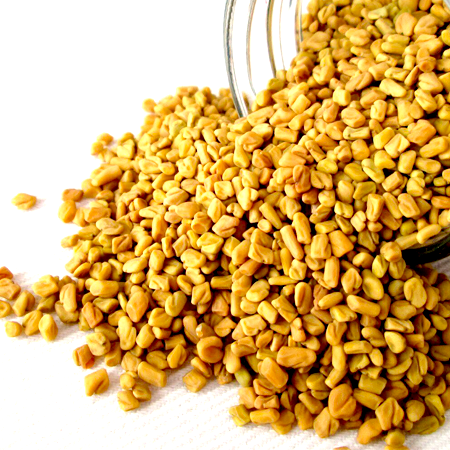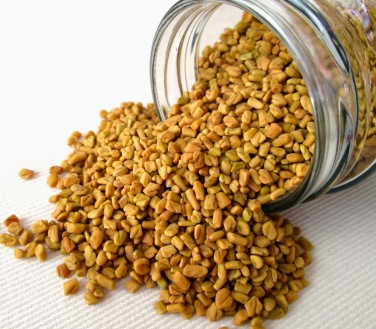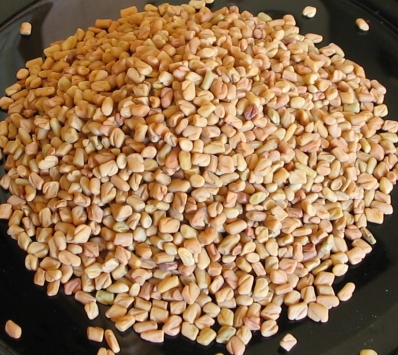



Botanical name Trigonella Foenum
Family Fabaceae
Source Seeds
Origin India
Processing Method Steam Distillation
Color/Consistency Yellowish color with a hint of brown
Aromatic Summary / Note / Strength of Aroma It has a powerful aroma which is fragrant but with tones of bitter.
Blends With Fenugreek essential oil goes brilliantly with the essential oil of cinnamon in aromatherapy.
Product Abstract
Fenugreek is an annual plant that is also known as methi in many places of the world. It is native to the Middle and Near East and is widely used in the Indian subcontinent. It has small round leaves and that can be dried. Oil is extracted from the seed of fenugreek. These seeds are very nourishing and also have a variety of health advantages. Fenugreek seed oil has got several truly effective health advantages, specifically for the most typical health problems.
History
Fenugreek is believed to have been brought into cultivation in the Near East. While Zohary and Hopf are uncertain which wild strain of the genus Trigonella gave rise to domesticated fenugreek, charred fenugreek seeds have been recovered from Tell Halal,Iraq, (carbon dated to 4000 BC) and Bronze age levels of Lachish and desiccated seeds from the Tomb of Tutankhamen.
Harvesting/Extraction Information
Fenugreek essential oil is acquired by steam distillation through the seeds of fenugreek ( Trigonella foenum – graecum ). The seeds are usually rhomboid shaped and therefore are utilized in cooking and also as medication.
Common Usage
Caution
The only side effect seen in people taking high doses of fenugreek is mild gastrointestinal distress. It is not recommended during pregnancy because it may lead to miscarriage due to its strong effect on the female reproductive system.
Key constituents
Neryl acetate 17.3%
Camphor 16.3%
b-Pinene 15.1%
b-Caryophyllene 14.6%
2,5-Dimethylpyrazine 6.1%
Geranial 4.8%
6-Methyl-5-hepten-2-one 4.5%
3-Octen-2-one 4.3%
a-Selinene 4.0%
a-Terpineol 2.8%
a-Campholenal 2.6%
a-Pinene 2.6%
g-Terpinene 2.1%
Safety summary
Hazards Drug interaction.
Cautions (oral) Diabetes medication
Regulatory guidelines
Has GRAS status
Organ-specific effects
Adverse skin reactions No information found for fenugreek oil. Undiluted fenugreek absolute was moderately irritating to rabbits, but was not irritating to mice or pigs; tested at 2% on 25 volunteers it was neither irritating nor sensitizing. It is nonphototoxic.
Cardiovascular effect Dietary fenugreek oil fed to male alloxan-diabetic rats at 5%, significantly inhibited a-amylase and maltase activity in the pancreas and plasma, and improved glucose tolerance.
Systemic effects
Acute toxicity Fenugreek absolute acute oral LD50 in rats >5 g/kg; acute dermal LD50 in rabbits >2 g/kg. No information was found for fenugreek oil.
Carcinogenic/anticarcinogenic potential No information! found for fenugreek oil or absolute, but neither contains any known carcinogens. a-Cadinol is active against the human colon cancer cell line HT-29.
Drug interactions Antidiabetic medication, because of cardiovascular effects, above.
Comments
Limited availability. The absolute is more correctly described as a resinoid, and is usually extracted with either alcohol or aqueous alcohol (Burfield 2000). CO2 extracts are also produced from the seeds.